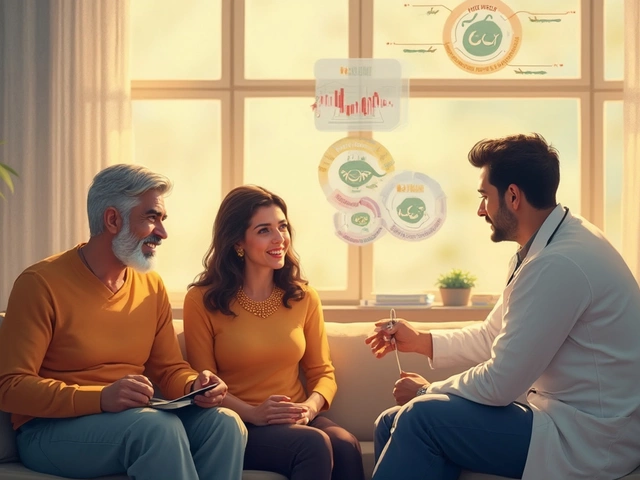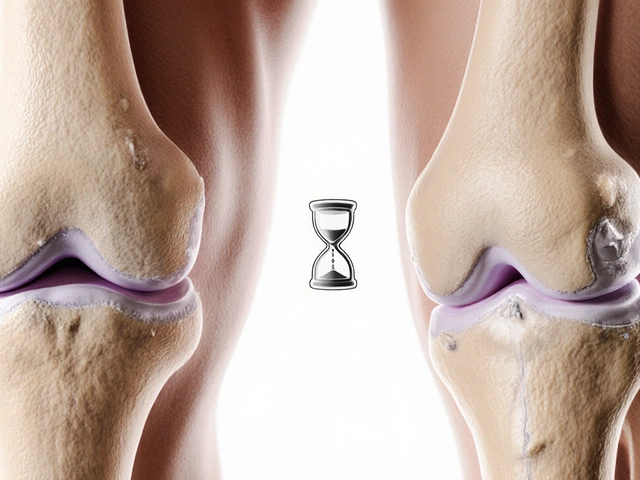Therapists often pay attention to a client's hand movements during sessions as these gestures can reveal a lot about a person's emotions and thought processes. Observing hands may provide clues to hidden emotions or unresolved conflicts that verbal communication might not capture. Understanding these nonverbal signals can enhance the therapy process, making it more effective for both the therapist and the client. By reading body language, therapists gain a more comprehensive understanding of their clients, which aids in identifying subconscious feelings and states.
Read MoreNonverbal Communication and Pain Management
Ever notice how a grimace or a slouch can tell more than words? That’s nonverbal communication – the silent signals our bodies send. In health, these cues matter a lot. They help doctors judge pain, guide therapists, and even influence how we feel about our own aches.
Reading the Body’s Signals
When you walk into a clinic, the doctor isn’t just listening to what you say. They scan your posture, facial expressions, and gestures. A tense jaw or a curled shoulder can mean the pain is worse than you think. Studies show that patients who display clear nonverbal signs often get more accurate pain assessments.
Likewise, therapists watch the way you move during exercises. If you protect a joint by limiting motion, they know that area is still sensitive. By paying attention to these subtle hints, they can adjust treatment plans on the spot.
Using Nonverbal Cues to Improve Recovery
You can also use body language to help your own healing. Simple habits like sitting up straight, breathing deeply, and keeping an open facial expression can lower stress hormones. Lower stress means less inflammation, which speeds up recovery.
In Ayurveda, practitioners look at the whole person – including how they sit, walk, and gesture. A Vata‑type person, for example, may have restless movements, while a Kapha‑type might appear sluggish. Adjusting posture and movement to match the dosha can balance energy and ease pain.
Here are three easy steps to make your nonverbal signals work for you:
- Check your posture: Stand tall with shoulders relaxed. A straight spine signals confidence and reduces pressure on nerves.
- Mind your facial muscles: Relax the jaw and soften the eyes. A calm face can trick the brain into feeling less pain.
- Use purposeful gestures: When describing pain, point to the exact spot and use a steady hand. This gives clinicians a clear map.
Try these during your next doctor’s visit or at home while doing stretches. You’ll notice the difference – the practitioner will understand you better, and you’ll feel more in control of your pain.
Remember, nonverbal communication isn’t just for doctors. It matters in everyday life too. When friends see you relaxed, they’re less likely to worry, which can lower your own anxiety. Less anxiety means fewer pain flare‑ups.Bottom line: Your body talks all the time. Listen to it, shape it, and let those silent messages help you heal faster.





